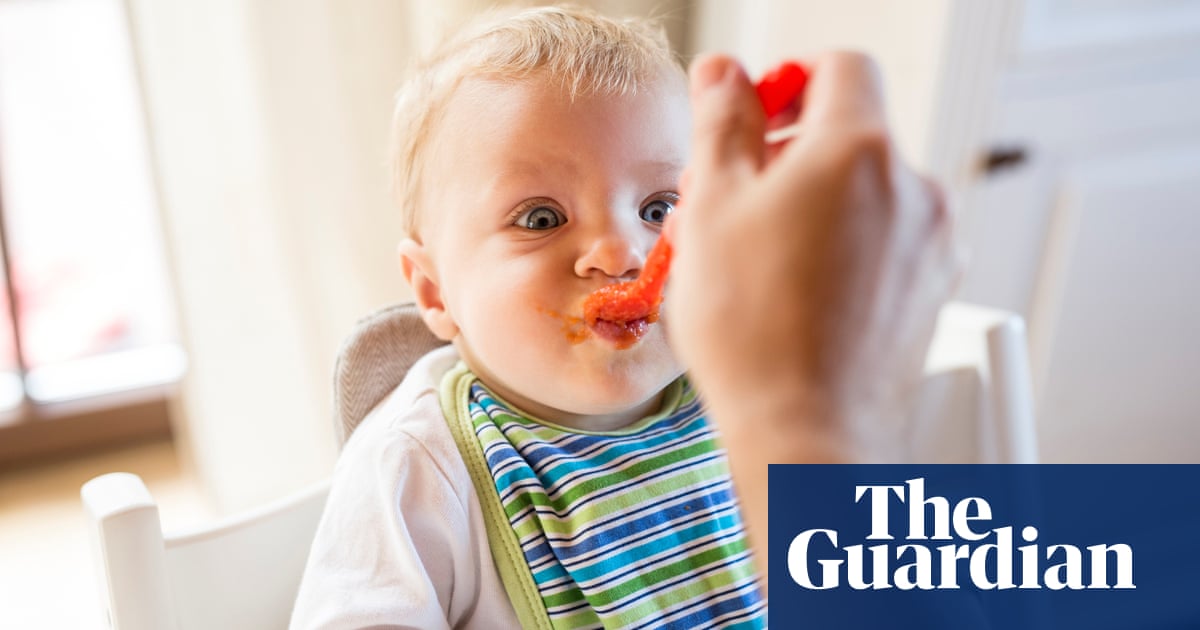15 best baby toys from newborn to 12 months: Tried and tested

Choosing the right toy for your baby’s development stage is crucial. I chatted with experts Emma Hubbard and Ali Brown about how to pick the best toys for your baby’s first year.
Newborn to three months
Hubbard recommends toys that promote sensory exploration, like high-contrast books, soft rattles and mirrors.
She explains, ‘During these early months, your baby’s ability to grasp toys is just beginning to develop, so it’s important to choose extremely lightweight toys so if they drop them (which they will, often!), they won’t hurt themselves. You can also encourage your baby to focus on an object and follow it with their eyes. These skills are crucial for developing hand-eye coordination.’
Three to six months
‘Your baby is becoming more aware of their surroundings and is eager to explore the world. During this stage, toys that encourage grasping, mouthing, reaching, visual tracking and tummy time play are ideal,’ says Hubbard.
Six to nine months
‘Your baby is now learning through grasping, shaking, banging, mouthing, poking and reaching. They’re also starting to understand cause and effect, making interactive toys fascinating. The best toys for this age encourage them to crawl, sit, reach, grasp, shake, bang and explore in new and engaging ways,’ continues Hubbard.
Brown adds, ‘Six to nine months is also a great time to introduce toys that encourage problem-solving, [such as] simple puzzles or flash cards like Orchard Toys See and Sound, stacking toys and sensory play items to help develop spatial awareness and dexterity.’
Nine to 12 months
‘Your baby’s fine motor skills are now becoming more precise, transitioning from using a chuck finger grip (thumb, index and middle fingers) to a pincer grip (just the thumb and pointer finger) and picking up smaller objects. You’ll want to offer toys that encourage your baby to isolate their fingers and refine their grip,’ explains Hubbard.
Brown adds, ‘Cause-and-effect toys, like shape sorters and puzzles, can support their cognitive development and problem-solving skills.’











